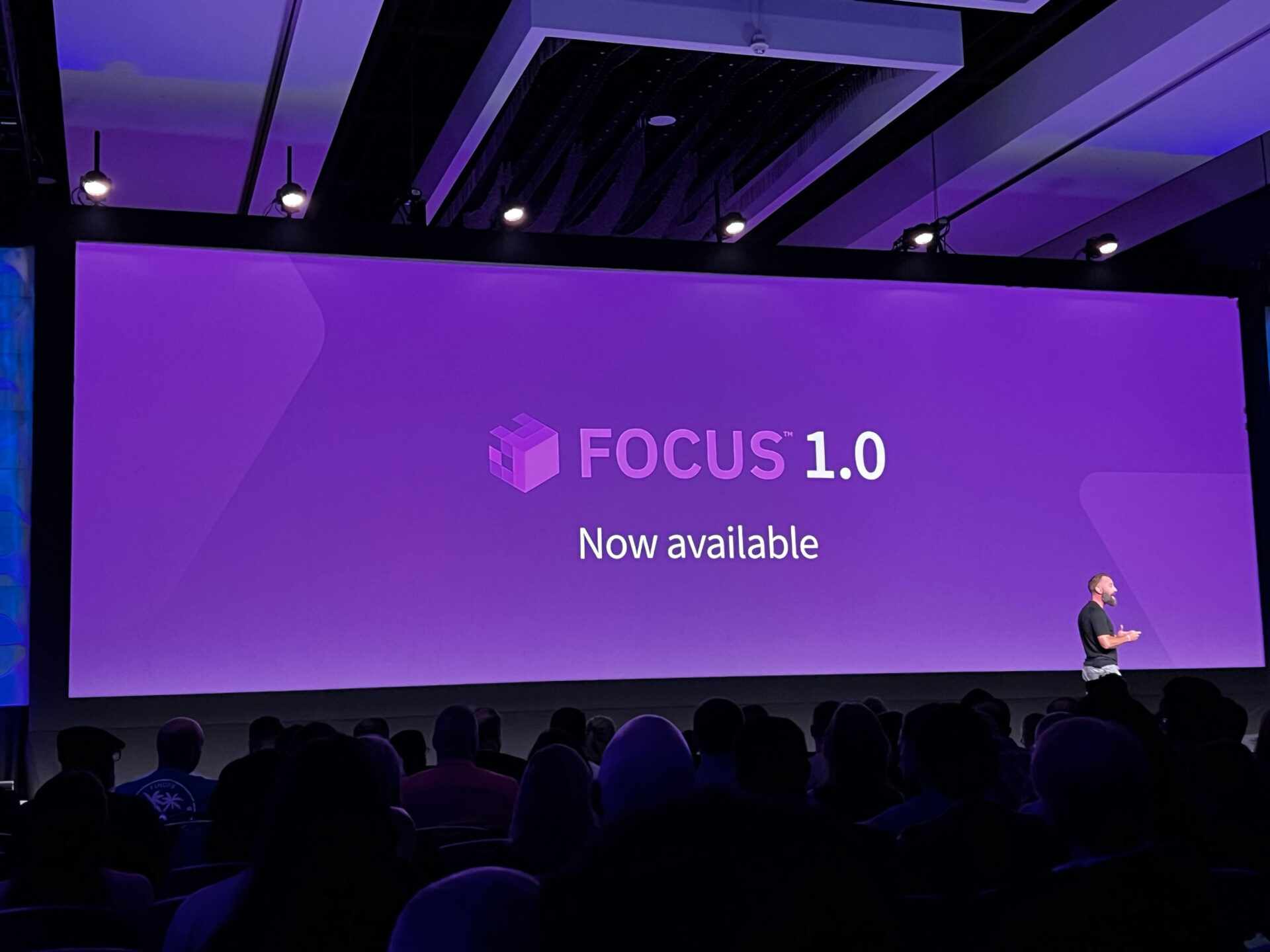The 2025 FinOps Framework Changes the Rules of Responsibility
Tajana Belina, Marketing Manager
8 April 2025
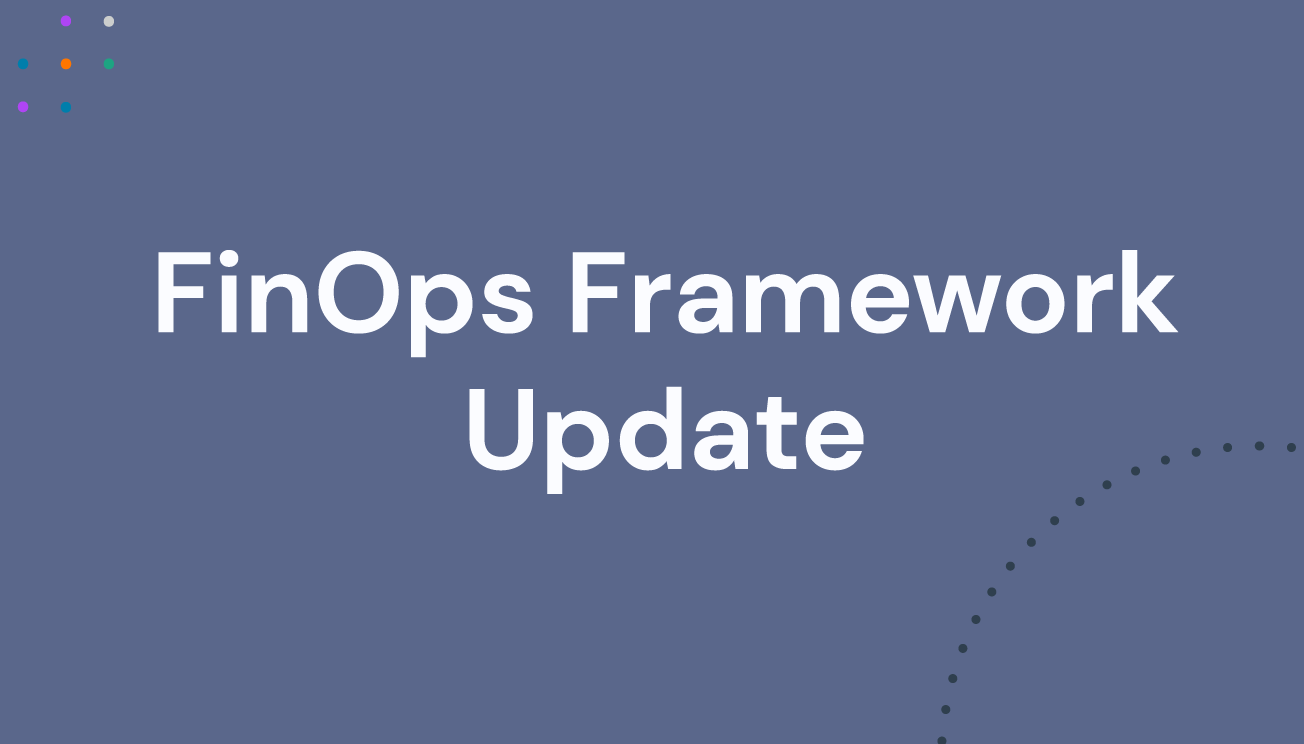
The FinOps Framework has always helped organizations get a handle on cloud costs. But the 2025 update does something different. It quietly shifts where decisions get made – and who is responsible for them.
The most important change is the introduction of Scopes.
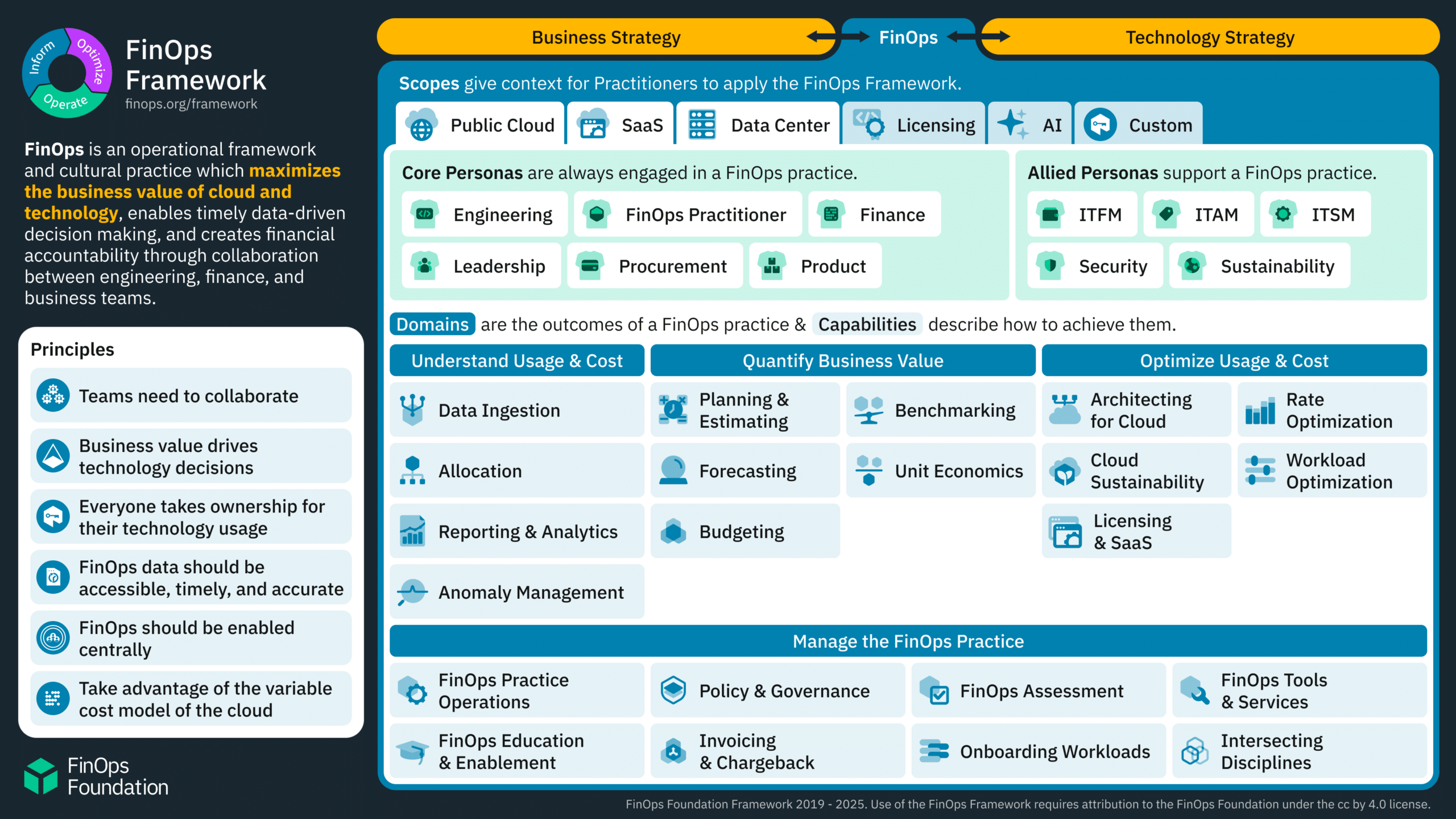
Image source: FinOps Foundation
What’s new – and what it means
Scopes divide technology spend into distinct areas: cloud, SaaS, AI, private infrastructure, and more. Each behaves differently. They come with their own billing models, usage patterns and ways of being optimized.
As a result, financial accountability can no longer be managed by a single, central FinOps team. It now needs to live closer to the teams that generate and influence those costs.
This isn’t a shift in terminology – it’s a shift in control.
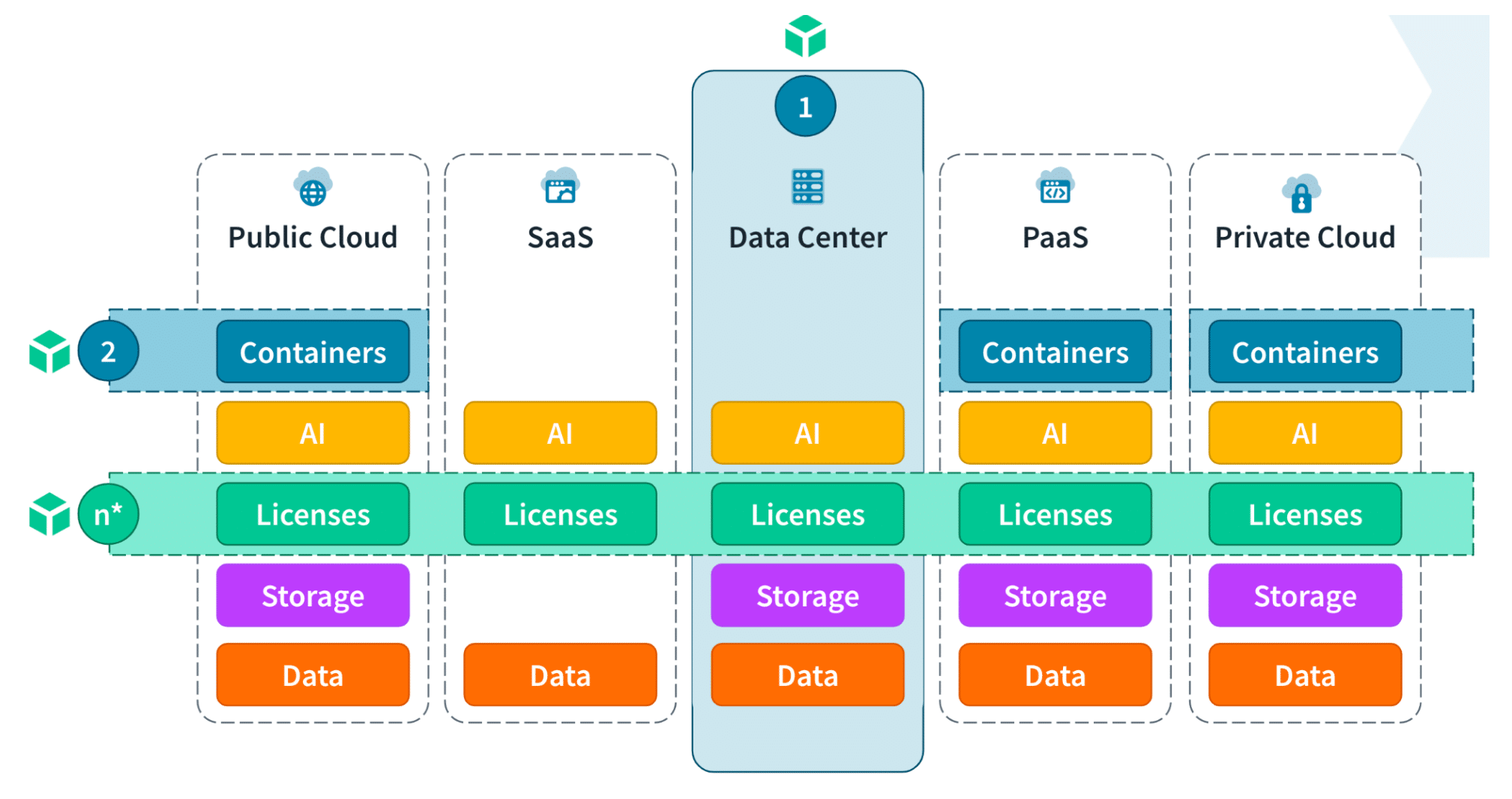
Image source: FinOps Foundation
Why this matters
When governance is distributed across scopes, everything changes:
- Tagging and cost models must adapt
- Optimization is no longer uniform
- Reporting and accountability depend on the domain
- Decision-making becomes localized
What used to be standardized must now be flexible by design.
Scopes don’t just broaden FinOps. They break the idea that one model can govern all technology spend.
Cloud+ spending isn’t just broader – it’s more complex
The Framework now formally includes technology costs beyond cloud, under what it calls “Cloud+.” But this expansion creates new challenges – technical and political.
Budgets for SaaS, AI and licensed infrastructure often follow different timelines. Different teams manage them. Different goals shape how they’re used.
Without clear alignment, this creates tension.
Cloud+ demands a model that adapts to multiple speeds, systems and priorities. What works for cloud infrastructure won’t work for SaaS subscriptions or prompt-based AI services. Governance needs to reflect that.
AI and SaaS don’t follow cloud’s rules
AI introduces usage patterns and billing structures that are harder to predict and model. Prompts, tokens, inference and GPU cycles don’t align with traditional usage-based tracking. Cost is tied not just to consumption – but to complexity, timing and availability.
SaaS services have their own constraints. Many don’t expose detailed usage metrics. Optimization often depends on licenses, tiers, or renewals – not autoscaling.
Trying to manage these using cloud-native logic is a dead end. Each scope needs its own logic – and its own way of mapping spend to value.
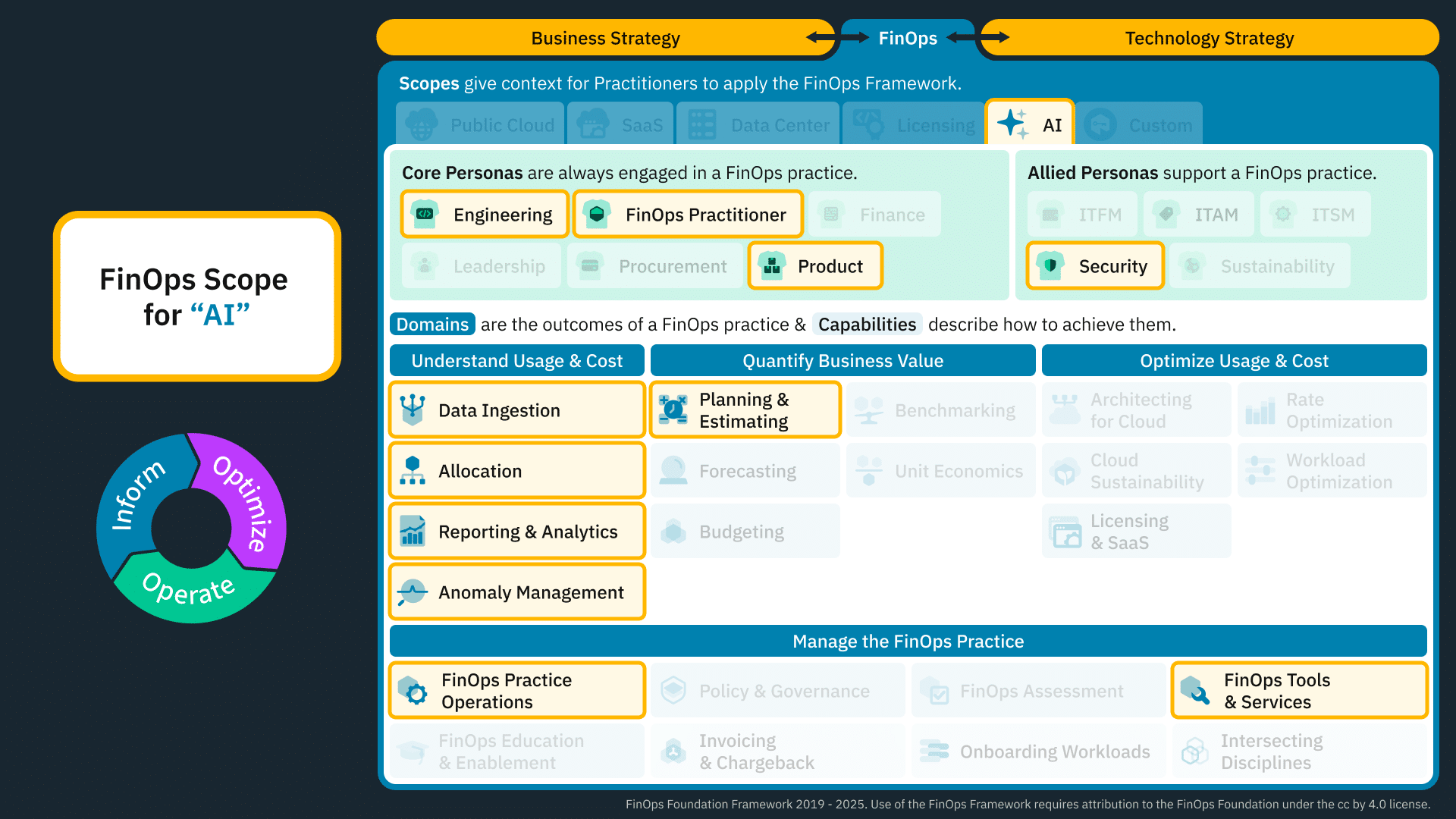
Image source: FinOps Foundation
Finops is no longer centralized
The idea that one team can own and manage all cost governance is no longer realistic. FinOps is becoming federated.
Multiple teams – engineering, finance, procurement, platform and data – now share responsibility across scopes. Each plays a role in shaping cost outcomes. Each needs visibility into the data that matters to them.
Without automation, this level of coordination doesn’t scale.
Manual governance in a federated model becomes a bottleneck.
Automation isn’t a feature – it’s the foundation.
What’s next?
The 2025 FinOps Framework keeps its original purpose, but evolves how that purpose is achieved. It accepts what most teams already experience:
- Spend is no longer limited to cloud
- Costs behave differently depending on context
- Governance must be flexible and distributed
- Responsibility is shared – and must be supported accordingly
This isn’t about getting better at tagging or tweaking dashboards.
It’s about building systems and processes that work across a landscape that is inherently more complex, distributed and fast-moving.
FinOps has never just been about cloud.
Now the Framework makes that official.
Related articles
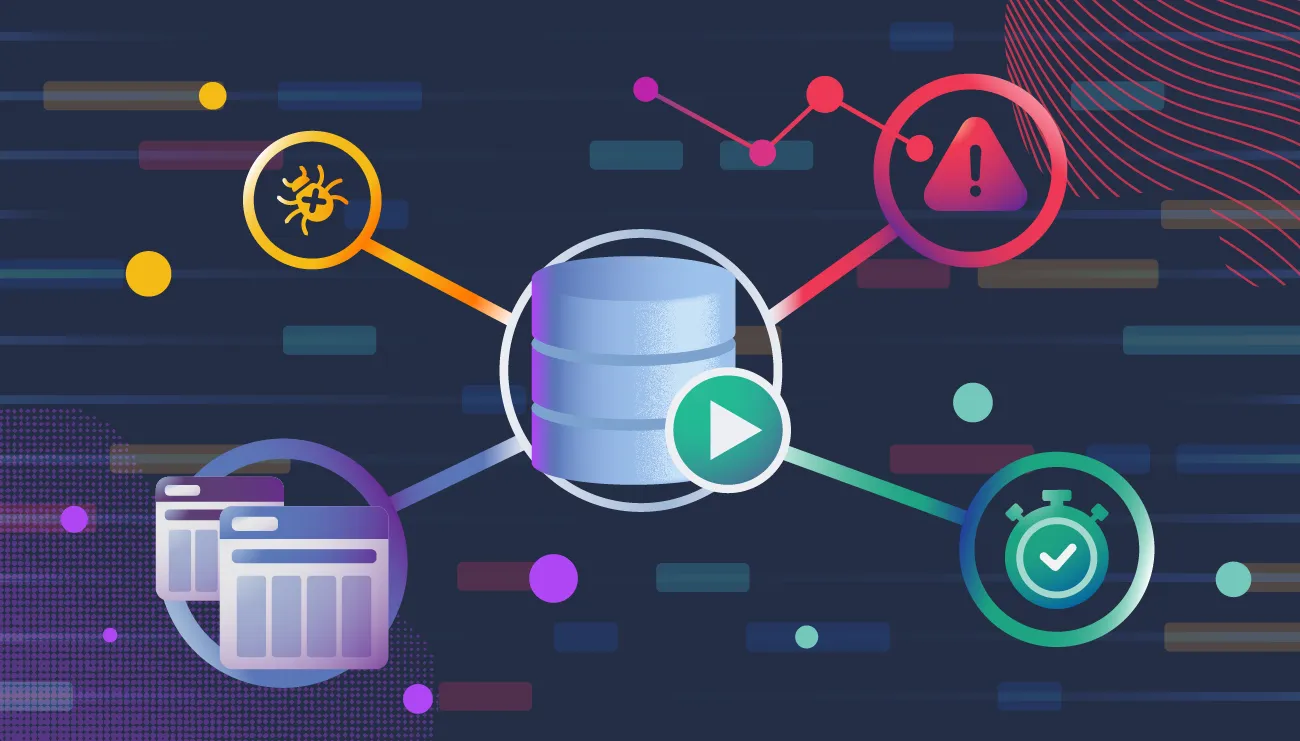
Debugging in Oracle SQL sucks – unless you do this
November 13, 2025
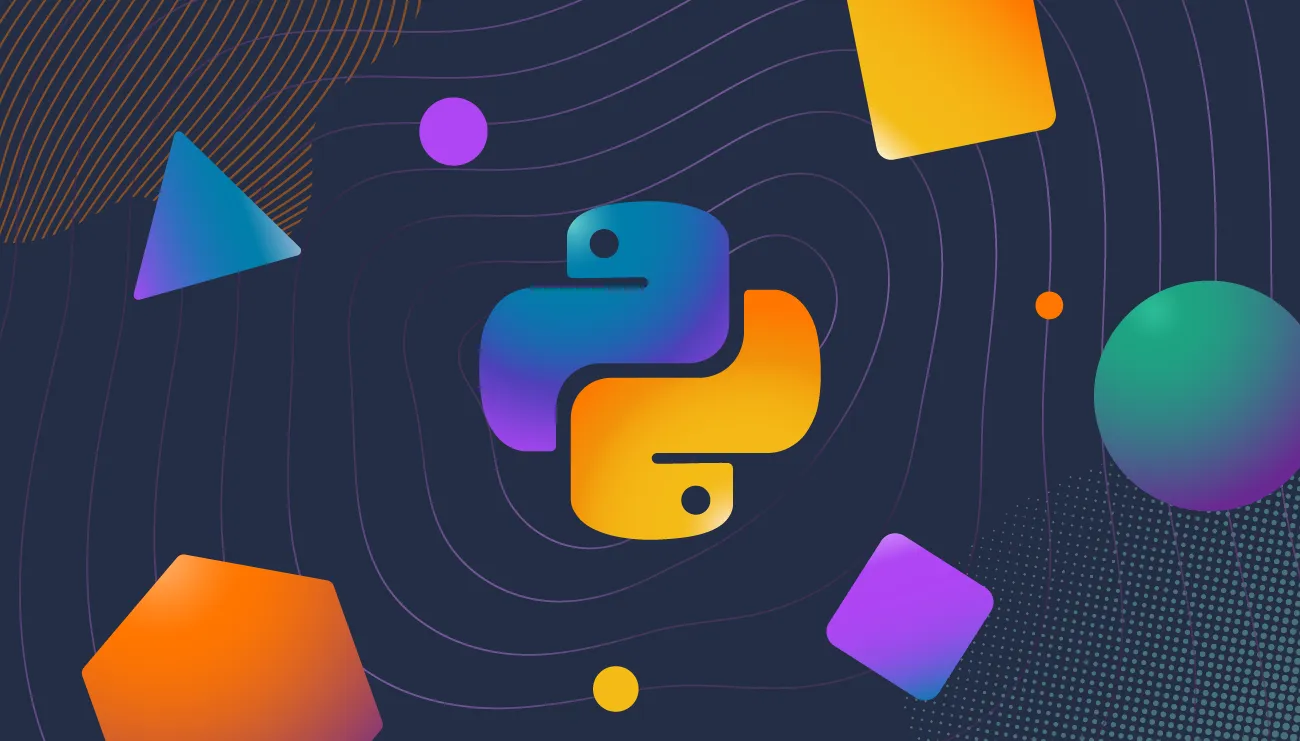
Life beyond Java or: How I learned to stop worrying and love the Python ecosystem
October 16, 2025

Why I said YES to FinOps and why it might be your next move
September 11, 2025
%HEADING%
%INTRO%
